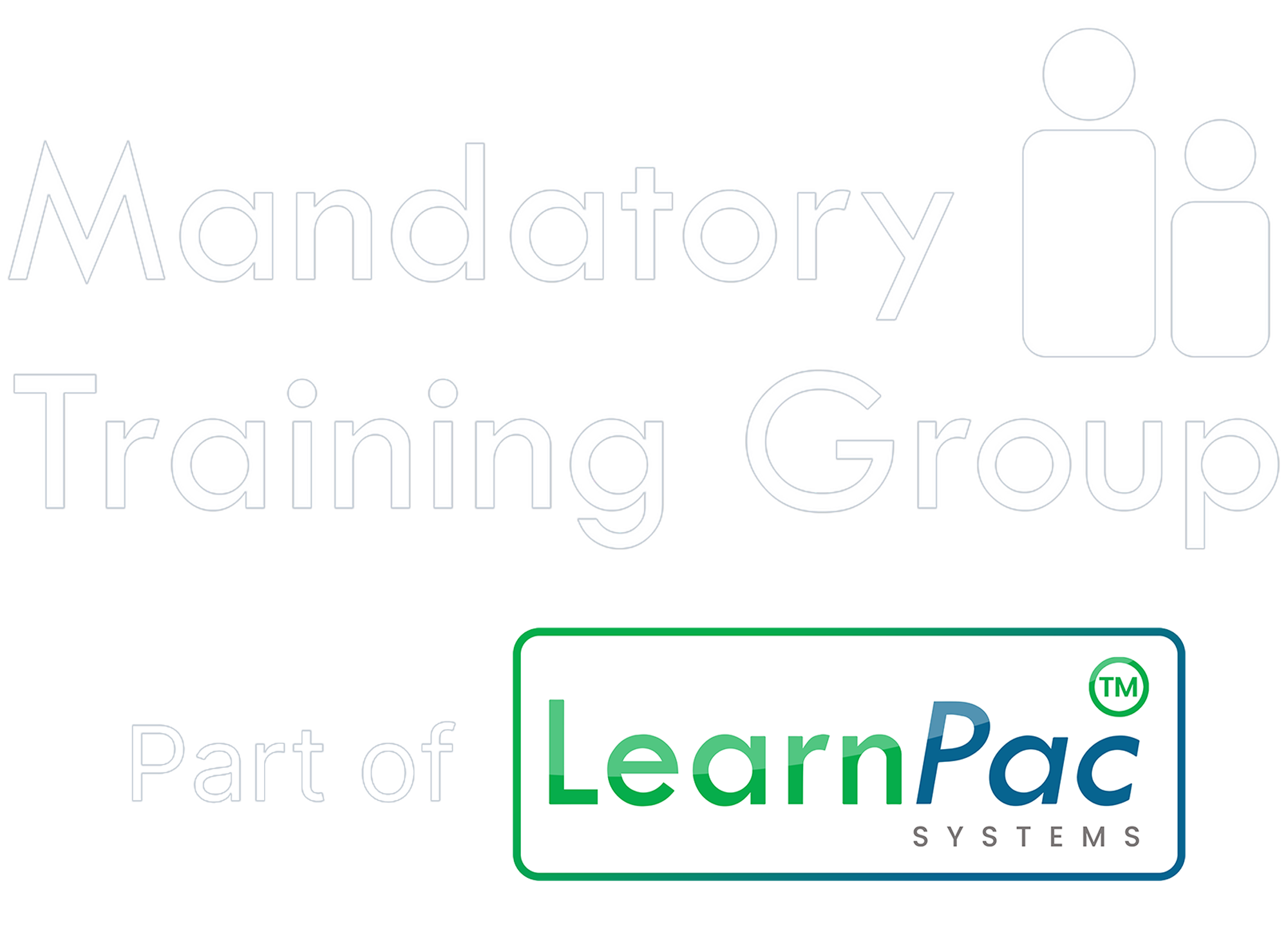You have no items in your shopping basket.
Key definitions
To clarify discussions, it's essential to define key terms:
- Lone worker - An individual who carries out tasks without close or direct supervision.
- Risk assessment - The process of evaluating potential hazards and implementing measures to mitigate them.
- Personal Protective Equipment (PPE) - Equipment designed to protect workers from health and safety risks.
Relevant legislation, regulations, and best practice
Compliance with legislation ensures a safe working environment:
- Health and Safety at Work Act (1974) - Mandates employers to ensure the health, safety, and welfare of all employees.
- Management of Health and Safety at Work Regulations (1999) - Requires employers to conduct risk assessments for lone workers.
- Best practice - Implementing check-in procedures, providing training on risk awareness, and equipping workers with emergency communication devices.
Risk assessment and mitigation strategies
Effective risk assessment is crucial:
- Identifying risks - Assessing environmental hazards, client-related risks, and the availability of support.
- Mitigation strategies - Providing comprehensive training, establishing clear communication protocols, and ensuring access to emergency assistance.
Training and skills development
Empowering lone workers through education:
- Training modules - Incorporating conflict resolution, situational awareness, and personal safety modules.
- Skills development - Enhancing decision-making capabilities and equipping workers with de-escalation techniques.
Technological solutions
Harnessing technology for enhanced safety:
- Emergency alarms - Installing panic buttons or wearable devices linked to monitoring centres.
- GPS tracking - Monitoring lone workers' locations to facilitate rapid response in emergencies.
Recommendations
To foster a safe working environment:
- Continuous evaluation - Regularly review risk assessments and adapt strategies based on feedback and incidents.
- Collaborative approach - Encourage open communication between lone workers and management to address concerns promptly.
Conclusion
In conclusion, while lone working in health and social care offers flexibility, it necessitates stringent adherence to legislative requirements and best practices to ensure the safety and well-being of workers. By integrating comprehensive training, robust risk assessment frameworks, and leveraging technological advancements, organisations can mitigate risks effectively.
Click here for organisations looking to enhance their approach to lone working safety, explore our comprehensive training courses tailored to meet regulatory standards and empower your workforce.
About the author
Elsie Rodas
Since its inception, Elsie, a vital pillar at LearnPac Systems, has seamlessly crafted and implemented commercial strategies as part of the Senior Management Team, fueling accelerated growth and profitability. With over two decades in various healthcare settings, she possesses deep insights, finely tuning our offerings to meet client needs exceptionally.




